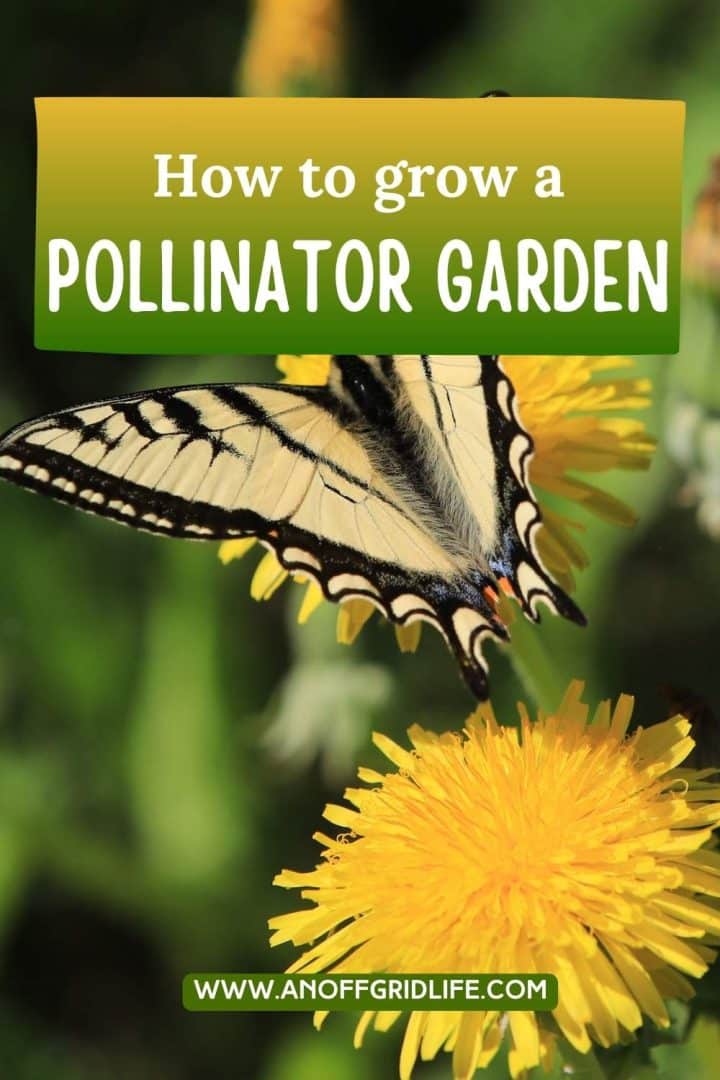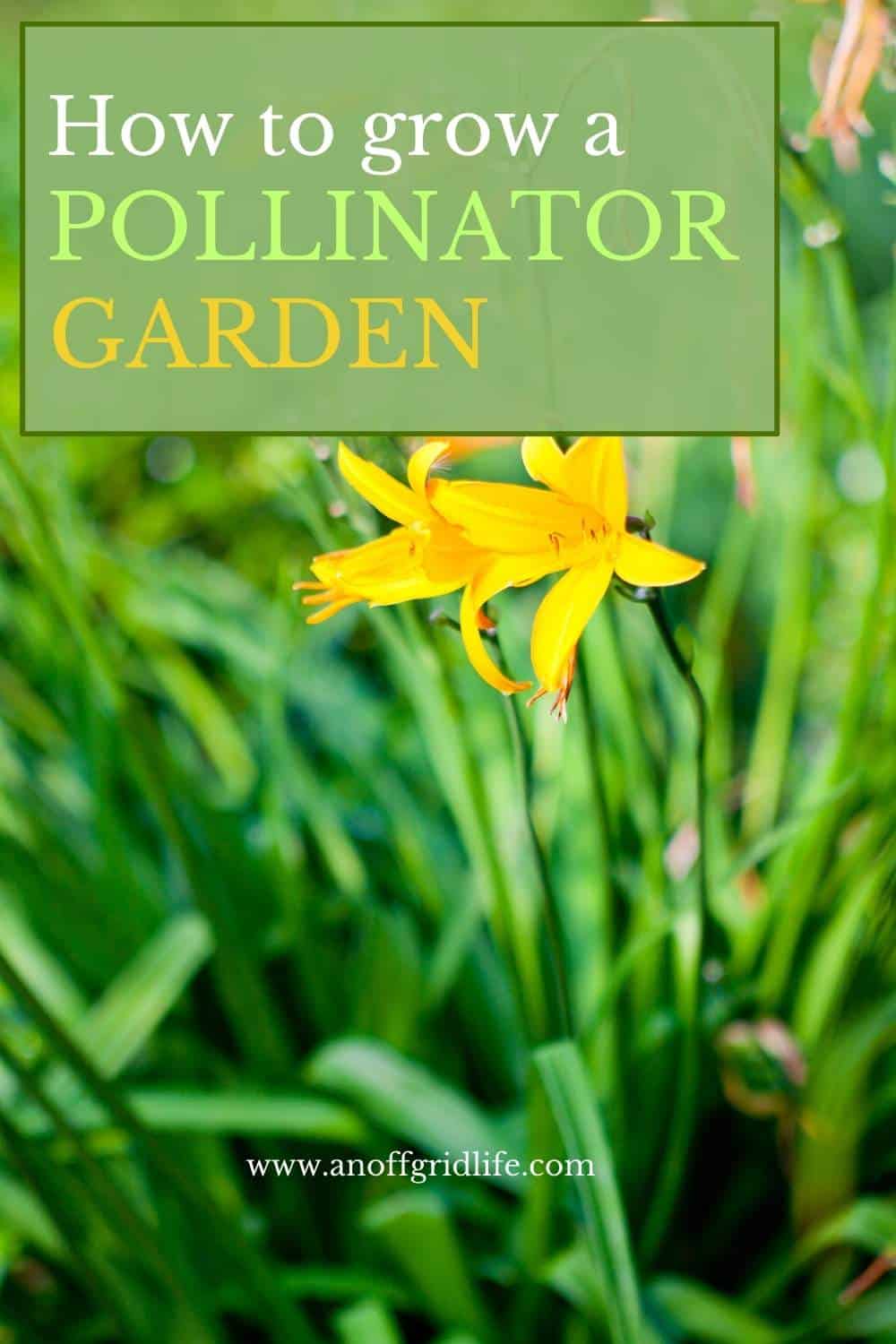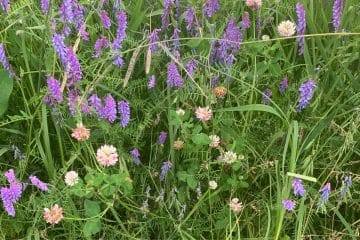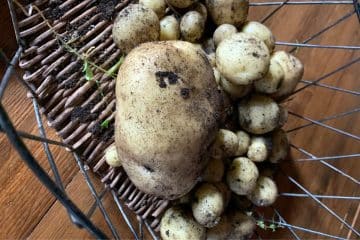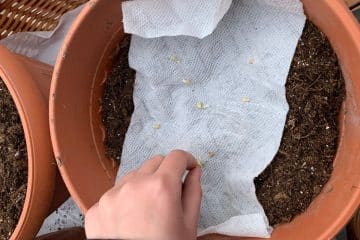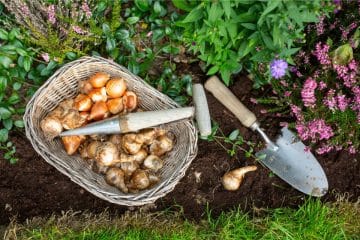Ever watched a butterfly flit from flower to flower and wished you could make your yard a paradise for pollinators? I have. Learning how to plant a pollinator garden is easier than you might think.
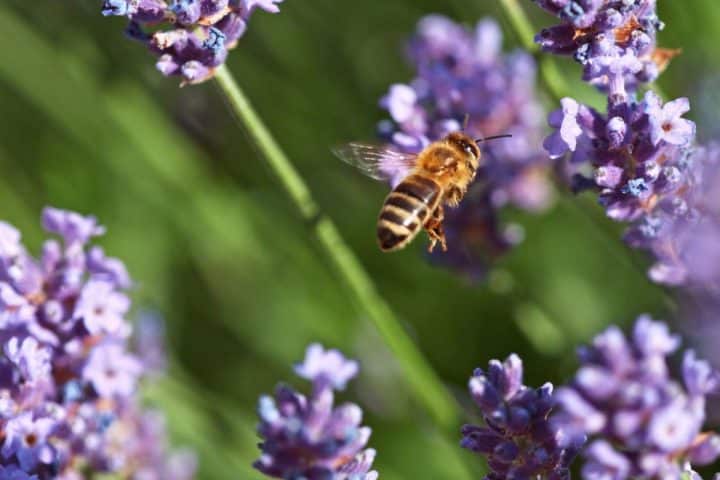
Estimated reading time: 7 minutes
With the right know-how and the right native plant choices, you can transform your space into a buzzing, fluttering, sunny garden that looks beautiful and also supports our hardworking pollinator friends.
What Is a Pollinator Garden?
I first heard about pollinator gardens when our family visited Brookgreen Gardens in South Carolina many years ago. Their beautiful grass lawns, sculpture garden and amazing butterfly garden inspired me. When we returned to the north, I looked around our barren yard and decided to try to learn how to plant a pollinator garden of my own.
So basically, a pollinator garden is a dedicated space where you grow plant species that provide food and habitat for pollinators like bees, butterflies, and hummingbirds. These gardens are a great way to counteract habitat loss and support the survival of these important creatures. By planting a pollinator garden, you contribute to the health of local ecosystems and enjoy a cheerful backyard garden space.
Why Plant a Pollinator Garden
Pollinator gardens offer many benefits. First, creating a pollinator garden is a fun homeschool gardening activity for the whole family. I created a fun pollinator printables pack for the girls to work as well.
Second, when you fill your yard with native plants that support pollinators, you're providing them with the essential food sources they need, such as nectar and pollen for bees, butterflies, and other insects.
Thirdly, planting a pollinator garden creates a visually appealing space. Fill it with a mix of plants and various flowers of different colors that bloom at different times.
Another reason to learn how to plant a pollinator garden is to promote biodiversity. Even in small yards, these gardens are full of pollinator-friendly plants.
They offer an essential food source for bird, butterfly, and insect pollinators. They help maintain the balance of local ecosystems by supporting a wide range of plant and animal life.
Choosing the Right Location for Your Garden
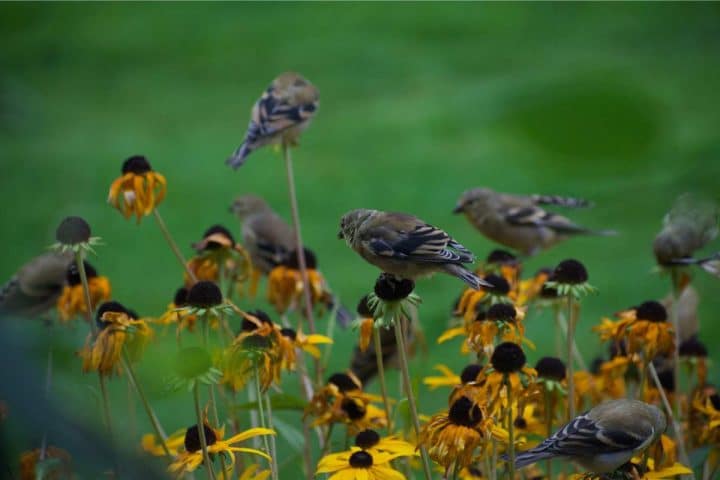
The first step in creating your pollinator garden is selecting the right location.
Sun Exposure
Most pollinator plants prefer full sun. However, some can tolerate partial sun (four to six hours of direct sunlight).
Choose a spot with at least six hours of direct sunlight per day. At our home, we chose the southeast part of our property, which has a poor soil condition.
However, we're building more raised beds there and adding some native flowers, native grasses, and native flowering plants that are pollinator favorites will be easy. Hopefully, our new pollinator habitat will also attract some native birds so we can set out our DIY bird feeders.
Moisture Conditions
Group plants with similar water needs together to make maintenance easier. If you're unfamiliar with the native and non-native plants in your area, ask the experts at your local nurseries.
Or make friends with the members of your community garden. They often include expert gardeners with many opinions on what to plant in your local area.
Soil Type
What's the soil like in your neck of the woods? If you don't know, Conduct a soil test to determine if you need to amend your soil with nutrients. Or do as we did and create raised beds with small plants in various colors.
Visibility
Remember, pollinator gardens aren't just for pollinators. They're a great option for adding a burst of color and visual interest to a neglected part of your yard.
Choose a location where you can easily see and enjoy your garden, such as near a patio or deck. Then add a water feature or some DIY planters.
Selecting the Best Plants for Your Pollinator Garden
Selecting the right plants is likely the most important predictor of a successful pollinator garden. Focus on native species and nectar plants, as they are best suited to supporting local pollinators.
Remember, native plants have co-evolved with native pollinators. So they're the ideal choice.
Different Plants for Different Pollinators
At the same time, you should include a variety of plants with different shapes and colors because different pollinators are attracted to different flower shapes and colors. Don't forget that different plants bloom at different times of the year to provide a continuous food source. Early spring, summer, and late fall bloomers are all important.
Recommended Plants
While you should look for local area native wildflowers and other plants to fill your pollinator garden, here are three recommended pollinator plants that are good options for most of the gardening zones in North America.
Butterfly Milkweed (Asclepias spp.)
This plant is essential for monarch butterflies. And yes, we get monarch butterflies all the way up in the Northwest Territories!
Black-Eyed Susan (Rudbeckia hirta)
I love black-eyed Susans because they are an old-fashioned flower that attracts bees and butterflies.
Purple Coneflower (Echinacea purpurea)
So I'm not the only one who loves Echinacea. It's one of my favorite herbal remedies, right up there with elderberry syrup. As it turns out, it's also loved by bees, butterflies, and birds.
Designing Your Pollinator Garden Layout
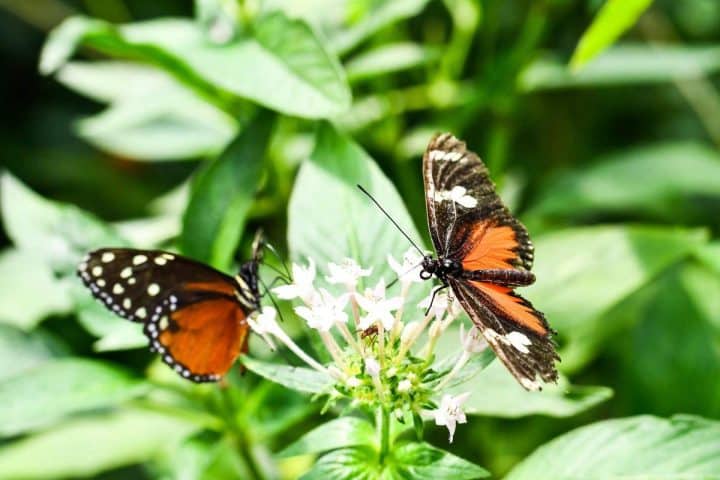
Designing your garden involves more than just planting flowers. Here are some key elements.
First, group the plants in clusters. This makes it easier for pollinators to find and use the flowers.
Next, provide a water source. This can be as easy as a birdbath with stones for landing, which helps pollinators stay hydrated.
Finally, create nesting sites for pollinators. Include bare ground for ground-nesting bees and hollow stems or bee hotels for cavity-nesting bees.
Planting and Maintaining Your Pollinator-Friendly Garden
Proper planting and garden maintenance ensure your garden thrives. The best time to plant a pollinator garden is early spring or late fall. This timing allows plants to establish roots before facing extreme weather.
Consistent watering, especially during the first year, helps plants establish strong roots. For efficiency, you might want to consider installing a drip irrigation system.
Whatever you do, avoid all harmful pesticides and chemical fertilizers. Instead, use homemade natural plant food or fertilizer. Focus on creating a healthy ecosystem that attracts natural predators to control pests.
Attracting Specific Pollinators to Your Garden
When you're learning how to plant a pollinator garden, research the needs of the pollinators in your area. Different pollinators have different preferences regarding pollen sources.
For example, bees are attracted to blue, purple, white, and yellow flowers with shallow landing platforms.
Butterflies, on the other hand, prefer brightly colored, flat-topped blooms in red, orange, yellow, and purple. And hummingbirds are drawn to tubular flowers in red, orange, and pink shades.
A Small Pollinator Garden Yields Big Results
Planting a pollinator garden is a small act. Yet, it can have a significant impact.
By providing food and shelter for bees, butterflies, and other pollinators, you support local ecosystems and help ensure a healthy future for our planet.
How to Plant a Pollinator Garden FAQs
Honestly, I'm new to this whole pollinator garden thing. I've selected the location, chosen the plants, and even made plans for a monarch watch party with the kids, so I don't have all the answers. But if you have a question, please leave it in the comments section, and I'll do my best to answer.
When should you plant a pollinator garden?
The best time to plant a pollinator garden is early spring or fall. This allows plants to establish their roots before facing extreme weather conditions.
How do you arrange a pollinator garden?
Group similar flowers together and then mix up colors, shapes, and bloom times. This variety attracts more pollinators and keeps your garden looking good throughout the growing season.
How much space do you need for a pollinator garden?
You don't need a lot of space. Even small patches or container gardens can attract pollinators. Remember, every flower counts in creating a welcoming habitat for pollinators.
Like this post? Save it, share it, and read it!
